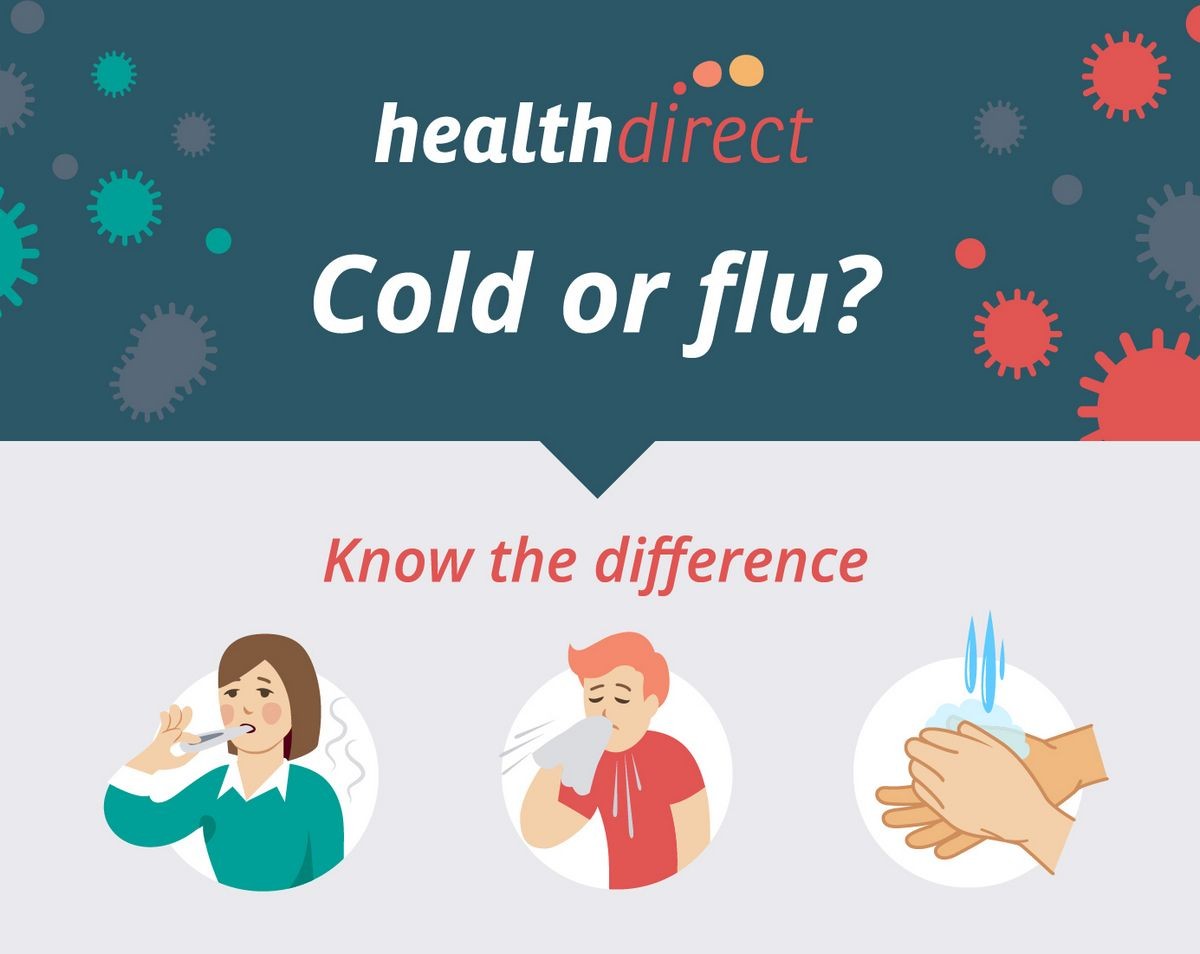
When to Call the Doctor: Fever, Nausea, Diarrhea, Colds, and Coughs
For many illnesses time is the ally, and watchful waiting is the key to diagnosis, treatment, and recovery. The following are common conditions that often resolve on their own without medical intervention.
When to call the doctor for fever
Fever is a routine symptom in infants and children. It is a normal immune response to an infection to generate an elevated body temperature and make the body inhospitable. That doesn’t mean that the fever should be ignored, but if the child is otherwise doing well, treating the fever with over-the-counter (OTC) medicines such as acetaminophen (Tylenol and many others) or ibuprofen (Advil, Motrin, and many others) may be all that is needed.
Fever in an adult is a different situation, because the patient is old enough to identify associated complaints and symptoms, and can provide a past medical history. Fever is a systemic response to inflammation. Patients with compromised immune systems and a fever are a completely different scenario. Those with immune system conditions or diseases, or who have their immune system compromised, do not function as well as those who are not immunocompromised, and their body may not be able to fight off infection adequately, for example:
- people receiving chemotherapy for cancer,
- people who take drugs to treat chronic inflammation such as rheumatoid arthritis or systemic lupus erythematosus,
- people who have had an organ or bone marrow transplant and are on immunosuppressive drugs to prevent their body from rejecting the transplant
- people with HIV/AIDS may be so immunocompromised that their body may not be able to respond appropriately to an infection, and
- older people may be very ill, but do not have a high fever (lower than 100 F or 37 C).
All these patients in the above scenario need to be seen urgently. Otherwise, fever plus other symptoms may provide enough information in regard as to who should be seen by a healthcare professional, and who may stay home and self-treat.
Possible causes of fever are:
- Fever, muscle aches, and dry cough are likely caused by a viral infection such as influenza (flu).
- Fever and a stuffed up head is likely due to another viral infection, the common cold.
- Fever with a cough that produces colored sputum may be pneumonia.
- Any time there is shortness of breath or chest pain with fever, those symptoms should not be ignored.
- Fever and abdominal pain isnot normal and the affected individual should see their healthcare professional.
- Watchful waiting is reasonable for a person with fever and no other symptoms, as long as they feel and look reasonably well.
When to call the doctor for nausea, vomiting, and diarrhea
Vomiting and diarrhea are just plain miserable for most people. The concern with this combination is dehydration fluid loss. The key to treating vomiting and diarrhea is letting the stomach and bowel rest (generally achieved by a clear liquid diet). Clear fluids (anything you can see through like water, clear broth, apple juice, Gatorade/Powerade) taken in small amounts (small sips), may be all that is needed to avoid off dehydration.
QUESTION
When to call the doctor for colds and coughs
Colds and coughs are aggravating symptoms because they interfere with important things, for example, a good night’s sleep, and can be easily observed by teachers, coworkers, and friends. Yet, there is little to be done to make a runny nose and hacking resolve more quickly than nature can. Symptom control has to balance the benefits of over-the-counter (OTC) medication against their side effects.
The American Academy of Pediatrics suggests that cough medications should not be used to treat children.
In adults who have underlying medical conditions, there may be unintended side effects of OTC medications, and reading the fine print on the medication label is mandatory (either that or talking to the pharmacist to get advice).
When to call the doctor for bumps, bruises, strains, and sprains
Most bumps, bruises, strains, and sprains resolve with RICE: rest, ice, compression, and elevation. It may be appropriate to seek medical advice if there is concern that a more serious injury has occurred. That concern may be resolved by the healthcare professional taking a history and performing a physical examination. Often X-rays are not necessary.
With no relatives near to give sage advice and reassurance, people must develop their own experiences for guidance.
The ability to watch a first born grow and flourish should make the experience with the second child a little less frightening. All fevers are not meningitis, and all cases of chest pain is not a heart attack, but if there is concern then a doctor’s visit is appropriate. It is also appropriate for the doctor to make clinical decisions based on the history and physical examination to determine that the patient’s symptoms are not of a critical nature.
It is important to remember that some illnesses are common, and that the best treatment may be none at all.
The disconnect between doctor and patient
When it comes to expectations, there is a major communication chasm between doctors and patients. Patients want to be educated and reassured about their ailment, while some doctors misinterpret the patient’s expectation and think they want testing and treatments even if they may not be necessary. In a pure business model, what a patient wants and needs would be what they get, but medicine doesn’t work that way. Much of that disconnect has to do with experience on both sides of the equation.
The world has become a much smaller place, with families spread far and wide. The concept of many family generations living near each other has been replaced by opportunities to live and work almost anywhere around the world. Travel has become more reliable, and communication across thousands of miles is instantaneous. The need to live near relatives is no longer a necessity. The downside to this mobility is the loss of generational experience. When a child is ill and has a cough, vomits, or develops a fever, too often there isn’t a relative living close by to get a second opinion. Without that experience available to help with decision making, the parent or caregiver may call a nurse help-line, visit a health care practitioner to ask for advice, or search online for reliable information.
The doctor may have a mistaken impression as to why the patient is seeking medical care. In the scheme of things, the most valuable part of a doctor’s visit is the time spent listening to the patient, and offering guidance and education. Unfortunately, the doctor may feel that the patient has to leave with a parting gift of some sort, and many times it is a prescription for a medication based on the presumption that the patient will be unsatisfied if they are not given sample medications or a prescription.
Education takes time, and a wise physician takes the time to listen to the patient, and answer questions that aren’t even asked. Some situations are universal.
- If a child’s symptom is abdominal pain, the parent or caregiver wants to be reassured that the child does not have appendicitis.
- If headache is the symptom, the answer needs to include that the problem is not serious, such as bleeding in the brain or a tumor.
- Sometimes the visit is precipitated because of what’s reported in the news. At the height of the H1N1 (swine) influenza epidemic in 2009/2010, news stories reported the serious complications of the infection, and many parents brought their children to a healthcare facility to be seen because they feared their child might die.
Medically reviewed by John A. Daller, MD; American Board of Surgery with subspecialty certification in surgical critical care
REFERENCE: American Academy of Pediatrics. Policy Statement. Use of Codeine- and Dextromethorphan-Containing Cough Remedies in Children. Pediatrics Vol. 99 No. 6 June 1997, pp. 918-920.
UpToDate. Approach to chronic cough in children.
UpToDate. Patient information: Influenza symptoms and treatment (Beyond the Basics).
UpToDate. Approach to the adult with nausea and vomiting.
Patient information: Nausea and vomiting in infants and children (Beyond the Basics).
Patient information: Nausea and vomiting in infants and children (Beyond the Basics).


